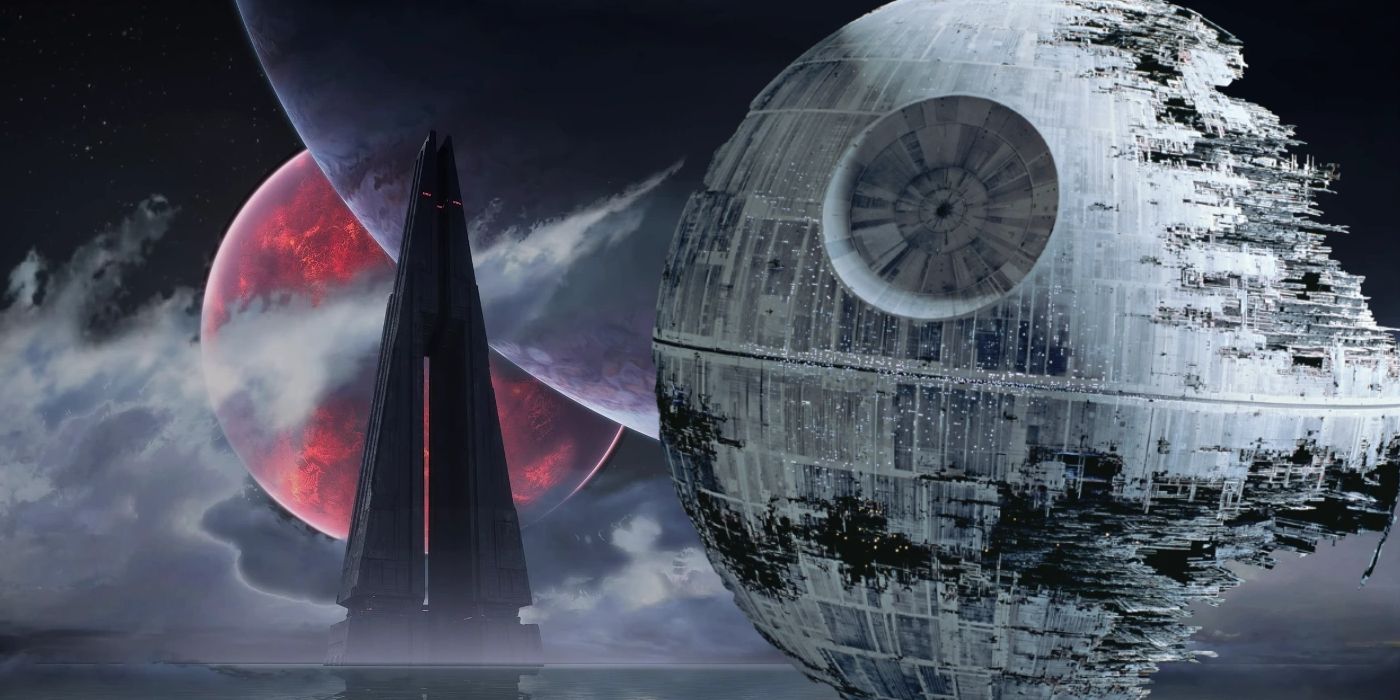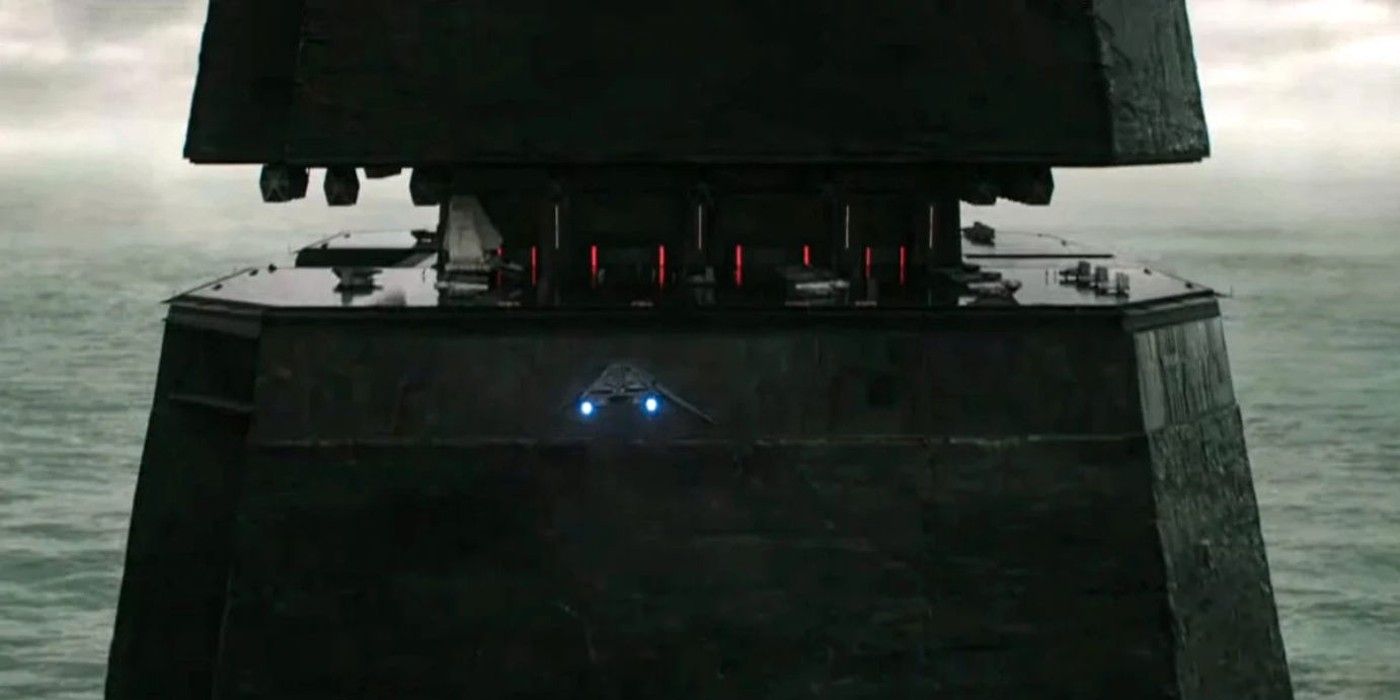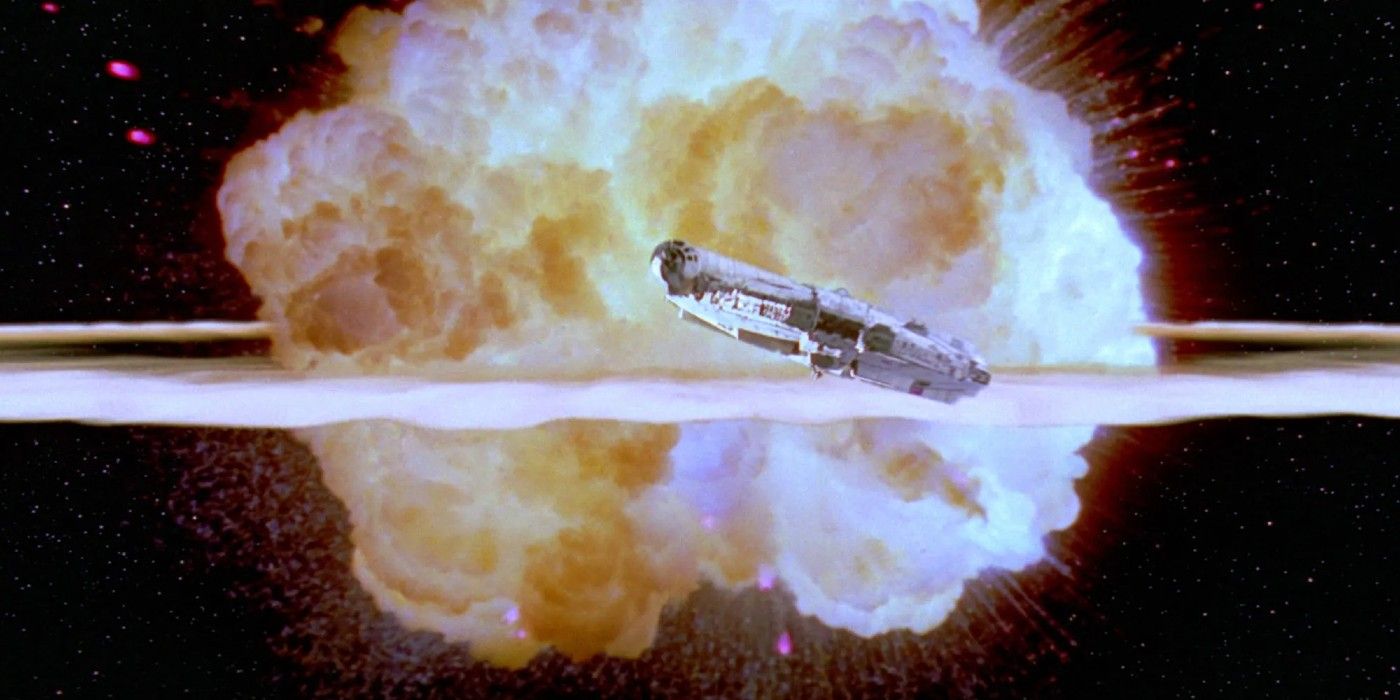The following contains spoilers for Obi-Wan Kenobi Season 1, Part IV, streaming now on Disney+.
Obi-Wan Kenobi reintroduces its titular Jedi Master ten years after the events of Star Wars: Episode III - Revenge of the Sith, exploring the galaxy as it was between the events of that film and Episode IV - A New Hope. This age of the Empire is a period that has regularly been explored throughout other Star Wars media, including the animated series Star Wars Rebels and the video game Star Wars Jedi: Fallen Order. The Grand Inquisitor and the Fifth Brother, who have appeared on Obi-Wan Kenobi, both made their first appearance in Rebels, and Part IV of the series takes place in a key setting from Fallen Order.
Fortress Inquisitorius was introduced to Star Wars canon in Jedi Fallen Order, serving as the setting for the final level of the game. The fortress, situated on the water moon of Nur in the Mustafar System, is the base of operations for the Empire's Jedi-hunting Inquisitors. Fans of Fallen Order will have noticed a few similarities between Part IV of Obi-Wan Kenobi and the game. These similarities, however, may uncover one of the Empire's greatest failings.
The Rebel Alliance's ultimate victory over the Empire in Star Wars: Episode VI - Return of the Jedi was won with the destruction of the second Death Star. The first had been destroyed four years earlier (canonically speaking) with a fateful shot from Luke Skywalker's X-wing to the space station's reactor system. In Return of the Jedi, Lando Calrissian piloted the Millennium Falcon through the second Death Star to once again land a shot on the reactor. Even after the loss of their greatest weapon, the Empire did nothing to defend against a similar attack on the second Death Star. Obi-Wan Kenobi has now reiterated the shortsighted arrogance of the Empire in its portrayal of Obi-Wan's infiltration of Fortress Inquisitorius.
In Jedi Fallen Order, set in 14 BBY (Before the Battle of Yavin), the Jedi Knight Cal Kestis infiltrates the Inquisitors' fortress by approaching underwater, swimming through a submerged entry port to gain access. He would then engage and kill several Stormtroopers in his mission to recover a stolen holocron from the fortress. During the infiltration, Cal and his team were able to deal damage to underwater sections of the base, resulting in significant flooding. Obi-Wan's infiltration of Fortress Inquisitorius in Obi-Wan Kenobi, set just five years after Fallen Order in 9 BBY, followed a plan that was almost identical to Cal's. The Jedi Master also swam in through an entry port, cut down multiple Stormtroopers with his lightsaber and flooded the base during his escape.
Both these repeated incidents -- on Fortress Inquisitorius and the two Death Stars -- demonstrate the Empire's refusal to learn from their mistakes. It is typical of the arrogance that defines the dark side; as Luke Skywalker told Emperor Palpatine, "Your overconfidence is your weakness." He wasn't wrong. It was the Emperor himself who lured the Rebels to the second Death Star in an attempt to wipe out the Alliance, so utterly did Palpatine believe his plan was impervious to the Rebels' own efforts.
The failure to implement better security on Fortress Inquisitorius, which Roken points out is unshielded because the Empire believes "no one would be stupid enough to attack them," again shows this overconfidence. Repeatedly, the Empire has failed to acknowledge their susceptibility to attack -- even after those attacks have already happened.
The final part of Obi-Wan Kenobi Season 1 debuts June 22, on Disney+.



